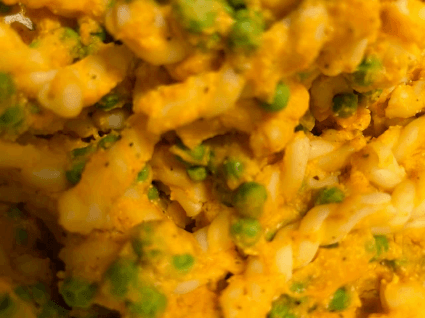Many years ago, when I was studying in Europe to be a teacher of Transcendental Meditation, there was a sign on the stage each day that said, "See the job, Do the job, Avoid the misery."
I loved reading that each day. It resonated deeply with me. But I can't say that back then I really understood it. Over the years though, it has become more and more clear. And as I apply it these days, it makes my experience of life very ease-ful and content.
Join us to hear more.
What I like about this saying is the "avoid the misery" part. We've shared before how the understanding that we coach from points out that we are always feeling our moment to moment thinking. So when we're miserable, that's a reflection that we're thinking miserable thoughts.
So this idea of just seeing the job and doing the job points to this same understanding. It suggests that we not get caught up in thoughts as we think about doing something that may create inner tension or resistance to doing it. This is how the misery is avoided.
Like when I was feeling tired the other night or when Connie was feeling a lot of pain, to give our attention to the thoughts arising in our minds, like, "I'm too tired to do this and I'll be exhausted tomorrow if I do," or "This pain is just more than I can bear," leaves us feeling miserable.
We've both seen how when we just lean into what is happening in this moment, we become very present. And in being present, the experience is neutral if not pleasant. There's no misery.
That doesn't mean the fatigue or the pain is gone, but it isn't our main focus generating thoughts and stories in the mind that impact our mood.
Now, this is different from the Nike saying, "Just do it." They both sound similar, but the Nike approach, to me, implies a pushing through the misery. No pain, no gain kind of thing. But to see the job and do the job is a way of relating to what needs to be done that's more like dancing with life and not getting caught up in the mental miseries that arise when we give a lot of meaning to the stories in our mind and then push through.
So, give it try. Next time you feel the psychological tension or discomfort of a negative thought or story about what you need to do, see what happens if you let your attention drop away from the story and just be with what is there to be done.
The recipe this week is a Butternut Squash Pasta. It's really unique in that it's seasoned with sage. It makes for a very unusual but delightful and refreshing pasta. Let us know what you think.
To you Amazing Health,
Connie and Bill

Butternut Squash Pasta (Serves 6)
- 1 large butternut, cut in half and remove seeds
- 1 cup raw cashews, soaked in 2 cups hot water
- 1 tablespoon No Salt Seasoning
- 1 tablespoon dried sage
- 2 cups frozen peas
- 2 tablespoons date paste
- ground black pepper to taste
Preheat oven to 350º F.
Place squash in a glass baking dish and bake for 45 minutes, or until tender. Set aside to cool.
Cook pasta while making Butternut squash sauce.
Make sauce in a large food processor by scooping squash out of skin, adding cashews with soaking water, No Salt Seasoning, sage, date paste and pepper, and processing until smooth and cashews are well blended.
Drain cooked pasta in a colander. Return drained pasta to pan and add squash mixture and green peas. Stir well to coat pasta and serve.

